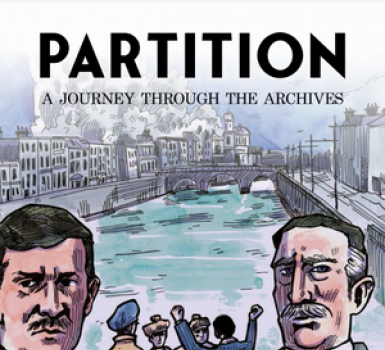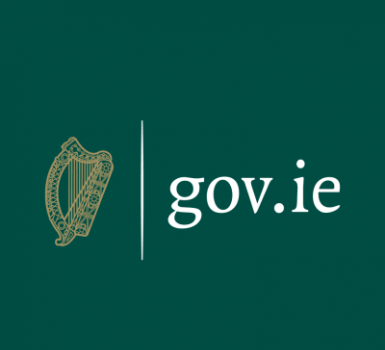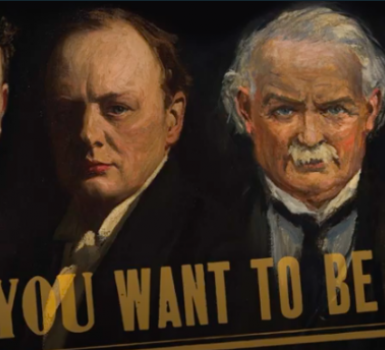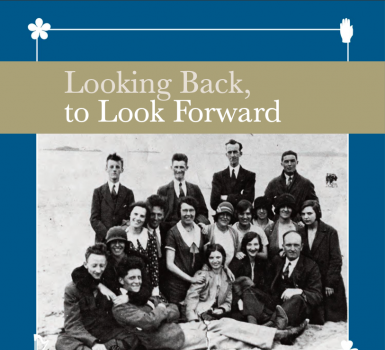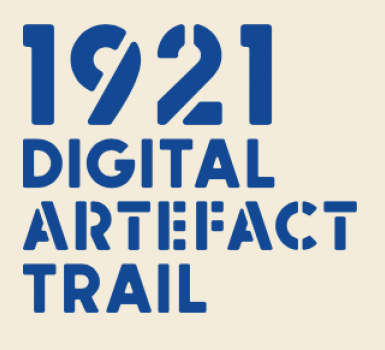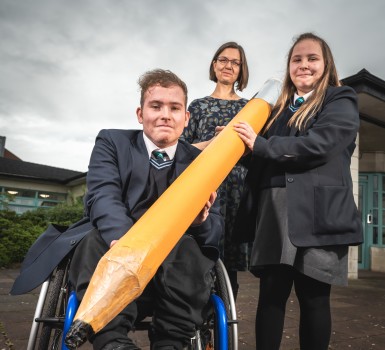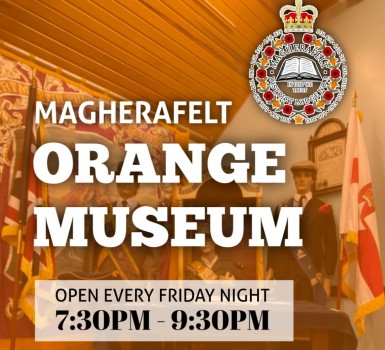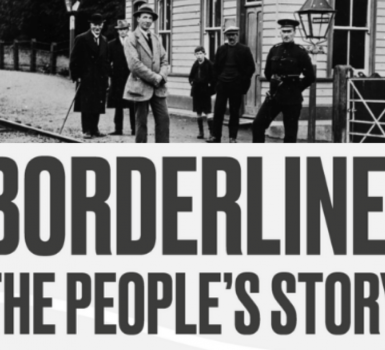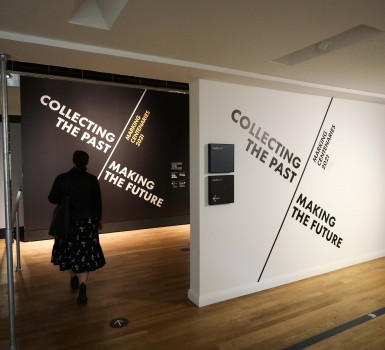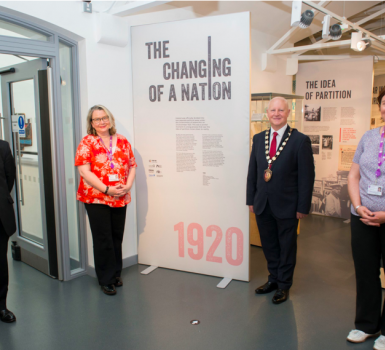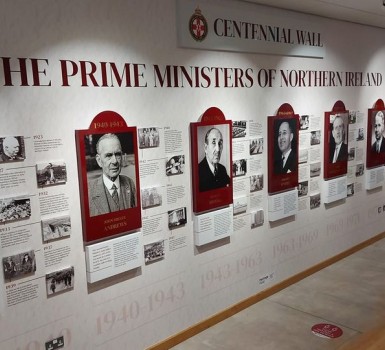Share your stories of people who were at The Battle of Jutland
23 February 2016

The National Museum of the Royal Navy today launched an interactive map to create a record of the individuals involved in the Battle of Jutland. The Museum is calling on the public to share, discover and remember stories of those connected with the battle.
The interactive map will provide an innovative way of charting the impact of the Battle of Jutland. It will convey the ‘human’ story of the battle, highlighting its scale and significance to the First World War, by demonstrating the involvement of people from all over the British Isles and further afield.
The project launched with over 6,000 entries from across Britain, already showing the national impact of The Battle of Jutland. To provide a comprehensive record the Museum is calling on members of the public to share more information.
Nick Jellicoe, grandson of Admiral Sir John Jellicoe, commander of the British Grand Fleet, said: “This is one of those moments where engaging with the interactive map and what the museum is providing is a real opportunity to fill in some parts of a jigsaw, a family jigsaw you’ve never been able to solve.
"It’s nice to think about stories from your father, grand-father or great-grandfather, and be able to pass them on. Always one of my biggest regrets is that I never talked to my father more in detail about his father. I never did, and I hope other people don’t make the same mistake.”
Nicholas Beatty, Grandson of Vice Admiral Sir David Beatty said of the project, “I am delighted to add my grandfather’s story to the Jutland Interactive Map, and am sure that the legacy of his and his brave fellow seamen will continue to live on and be better understood by current and future generations. I thoroughly recommend that all descendants whose relatives fought at Jutland do the same to ensure that those who fought to maintain our naval supremacy and retain the lines of supply to the United Kingdom, all giving so much, are never forgotten.”
The Battle of Jutland was the defining naval battle of the First World War, fought over 36 hours from May 31st to June 1st 1916. It is often considered a German victory due to the number of British lives lost; the British lost 6,094 seamen and the Germans 2,551 during the battle.
However these figures do not represent the impact upon the British and German fleets. At the end of the battle the British maintained numerical supremacy; only two dreadnoughts were damaged, leaving twenty-three dreadnoughts and four battlecruisers still able to fight, whilst the Germans had only ten dreadnoughts.
The interactive map provides a platform for living history, and the data collected will offer a richer and more accurate history of the Royal Navy. All data is mapped and linked geographically providing a clear picture of those involved, where they served and where they came from. Memories of sailors can be shared within the messages section and icons with categories including sailors, memorials, places and schools provide key information through an immersive browsing experience.
Public response via a social media campaign has already been strong and contributed to the 6,000 entries already documented. Irish entries have also been assembled in collaboration with Karen O’Rawe of History Hub Ulster.
History Hub Ulster are encouraging relatives of Irishmen who served at sea in the First World War to share their stories at http://historyhubulster.co.uk/irishsailor/ Relatives from this pool with be selected to attend a memorial event on 31st May 2016.
Thousands of men and women from across the island assisted the war effort in maritime roles. Sailors of the Royal Navy, Reservists and Mercantile Marine, fishing industry workers and dockworkers from across the island all fought to keep the seas safe, ships maintained and supplies flowing. Lighthouse keepers, lifeboat crews, coastguard and fishermen ensured that many people were rescued from the seas around Ireland. Entire villages rallied around to ensure that survivors of sinkings were kept warm and fed.
Commander John Gray, Senior Naval Officer Northern Ireland says “The war at sea and the impact of it on our island tends to be overlooked, but as an island nation, keeping the seas safe and the supplies flowing to feed the people of Britain and Ireland was vital.
"On the centenary of the Battle of Jutland, we will officially mark the contribution of all those in maritime roles on the island of Ireland during the First World War period with an all-island Commemoration to the Irish Sailor in Belfast. On this date the last survivor of the Battle of Jutland, HMS CAROLINE will also be launched as a heritage visitor attraction.
"We are appealing to anyone with links to sailors, fishing, shipbuilding or other maritime activity from 1914-18 and wish to be involved to please complete the expression of interest at http://historyhubulster.co.uk/irishsailor/”



